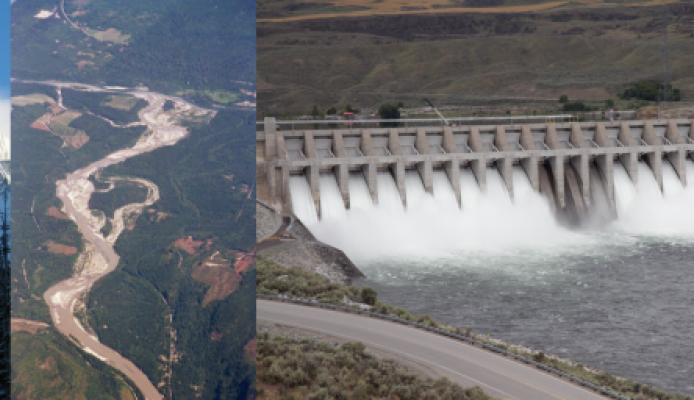
Water Resources
Research to improve the fundamental building blocks on which hydrometeorological analyses and climate assessments depend

Water Resources
Research to improve the fundamental building blocks on which hydrometeorological analyses and climate assessments depend
Introduction
Scientists and engineers in RAL’s Hydrometeorological Applications Program at the National Center for Atmospheric Research are collaborating with the U.S. Army Corps of Engineers, the Bureau of Reclamation, the National Atmospheric and Oceanic Administration, the U.S. Geological Survey, the U.S. Forest Service and multiple universities to build new community hydrologic research and applications datasets, models and methods that will advance our nation’s capability to monitor, predict and project hydrology and to inform water management and planning. The work strives to address scientific gaps and serve practical needs across time and space scales – from quantifying long-term trends and variability, to predicting real-time flood and drought risk, to characterizing uncertainties in climate impacts assessments arising from a myriad of sources. Through developing improved methods, models, and datasets, this research improves the fundamental building blocks on which hydrometeorological analyses and applications depend. It provides useful tools and data resources for both researchers and practitioners to better manage current climate and flood risk, reveal future climate change risks, and to more effectively evaluate future change and adaptation options.
Partners
- Bureau of Reclamation
- NASA
- National Science Foundation
- NWRFC
- Purdue
- U.S. Army Corps of Engineers
Representative Projects
- Alaska and Hawaii climate projections
- Assimilation of Ponded Water Retrievals: Accounted for ponding within the land-surface water balance to improve predictability for runoff, streamflow, river forecasting, and decision-making in water management and emergency response to flooding events
- Hydrologic Ensemble Prediction EXperiment (HEPEX)
- Hydrologic Modeling
- Measurements of Intercepted Snow and Rain in the Forest Canopy: Measured how much snow and rain are intercepted by the forest canopy at the Niwot Ridge test site.
- Measuring Soil Moisture And Snow Depth With GPS: Used signal to noise ratio (SNR) recorded by high precision GPS receivers to measure snowpack and soil moisture
- Meteorological Datasets